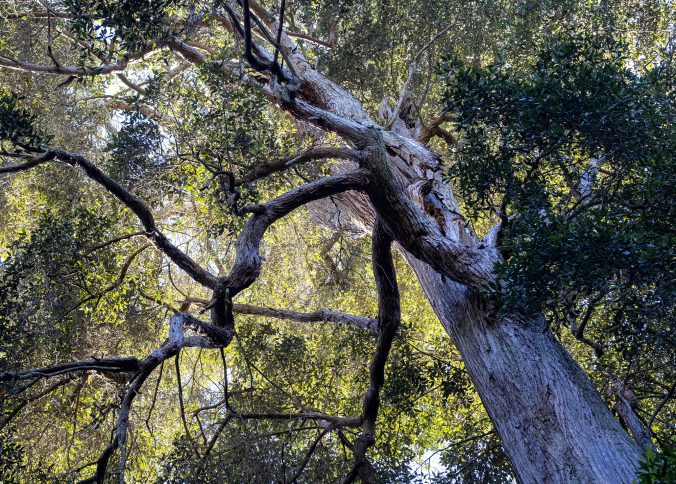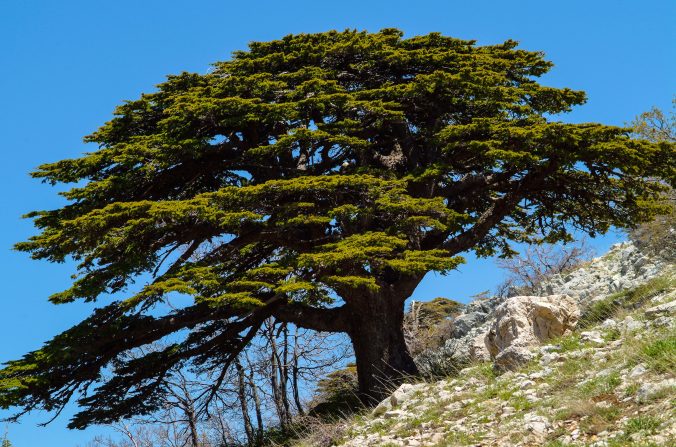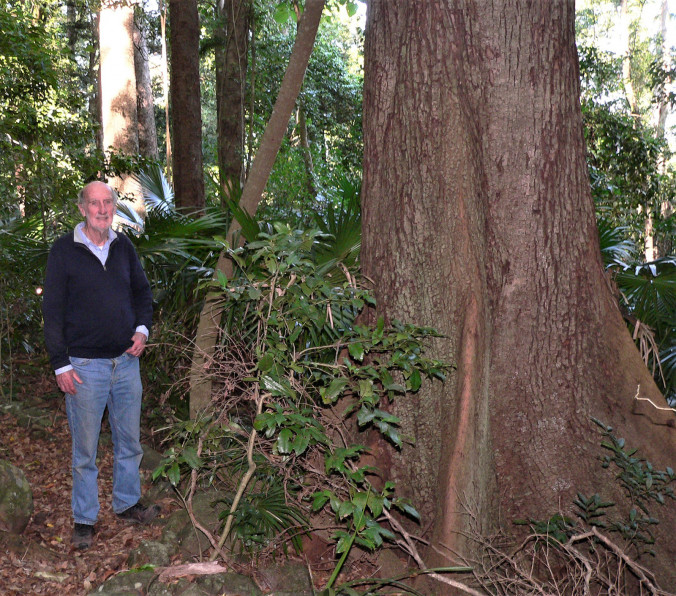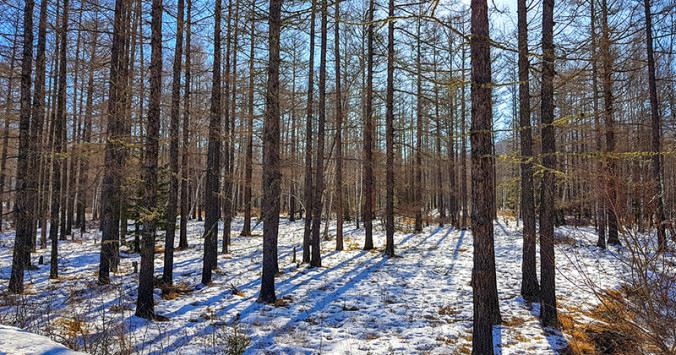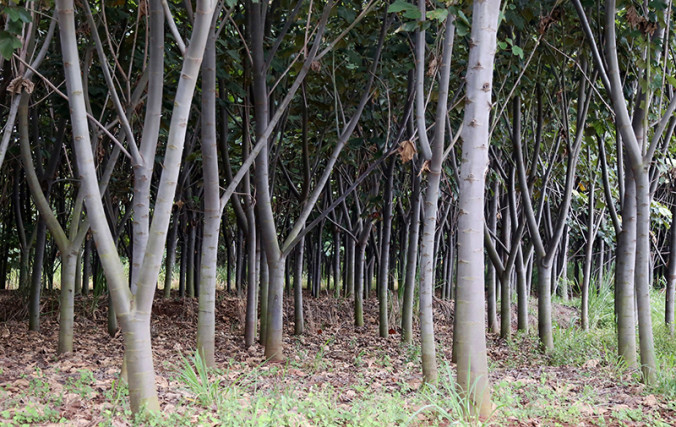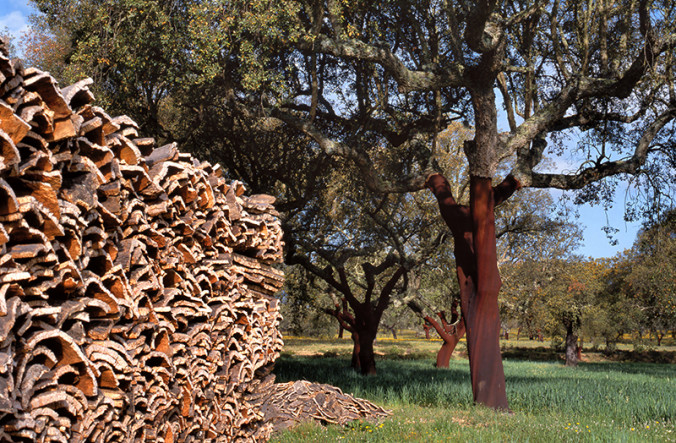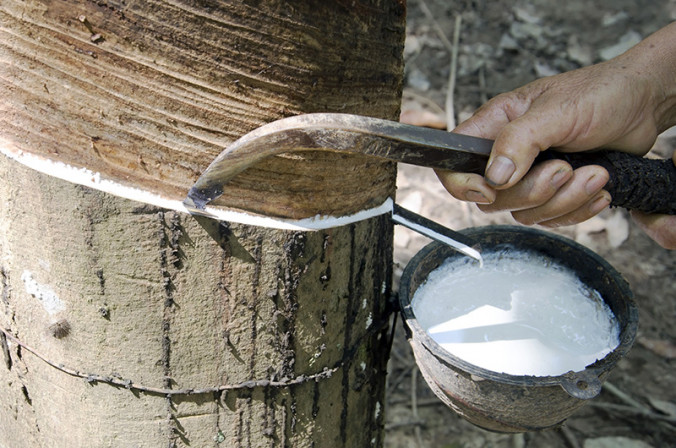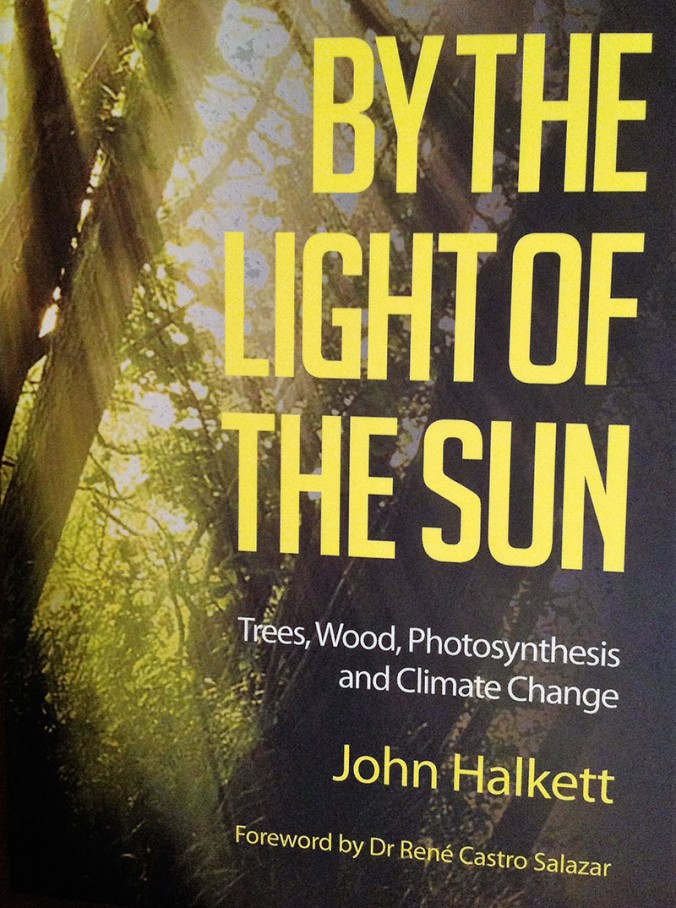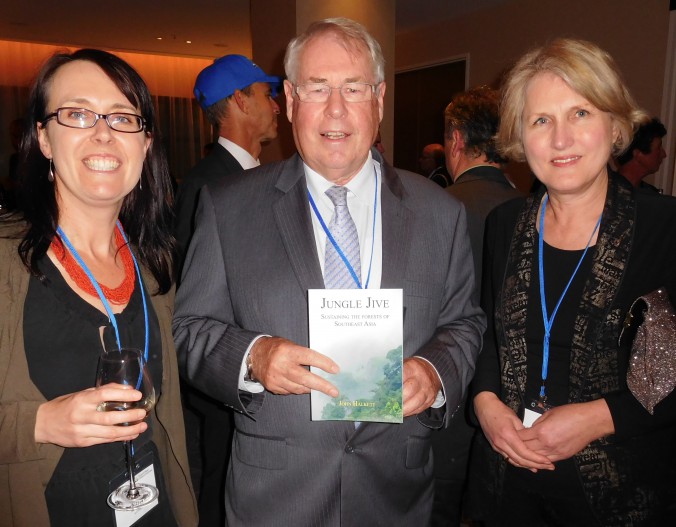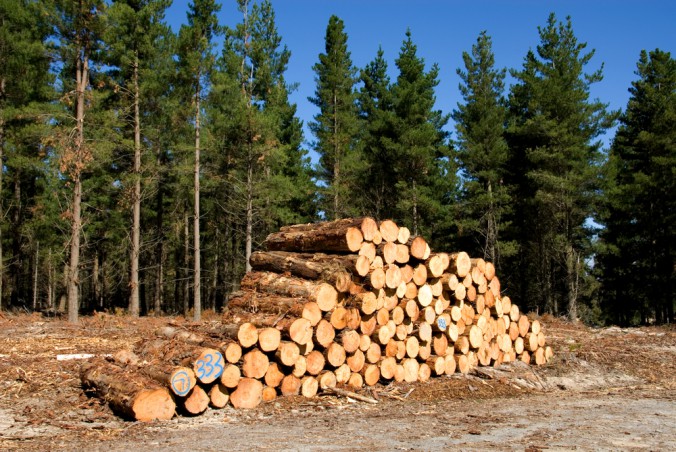Turpentine timber is durable in exposed positions and is highly resistant to damage by fire and attack by white ants and marine borers.
Another preeminent Australian tree is turpentine, renowned throughout the world for its durability, especially for use for heavy construction for jetties, wharves and in other seawater environments.
Turpentine is a large tree usually 40-45 metres in height in 1.0-1.3 metres in diameter, but not uncommonly attaining 55 metres in height in a from 2.0-2.5 metres in diameter on optimum sites. The trunk is straight and of good form with little taper up to two-thirds… Read more “Used around the world for construction in seawater”
